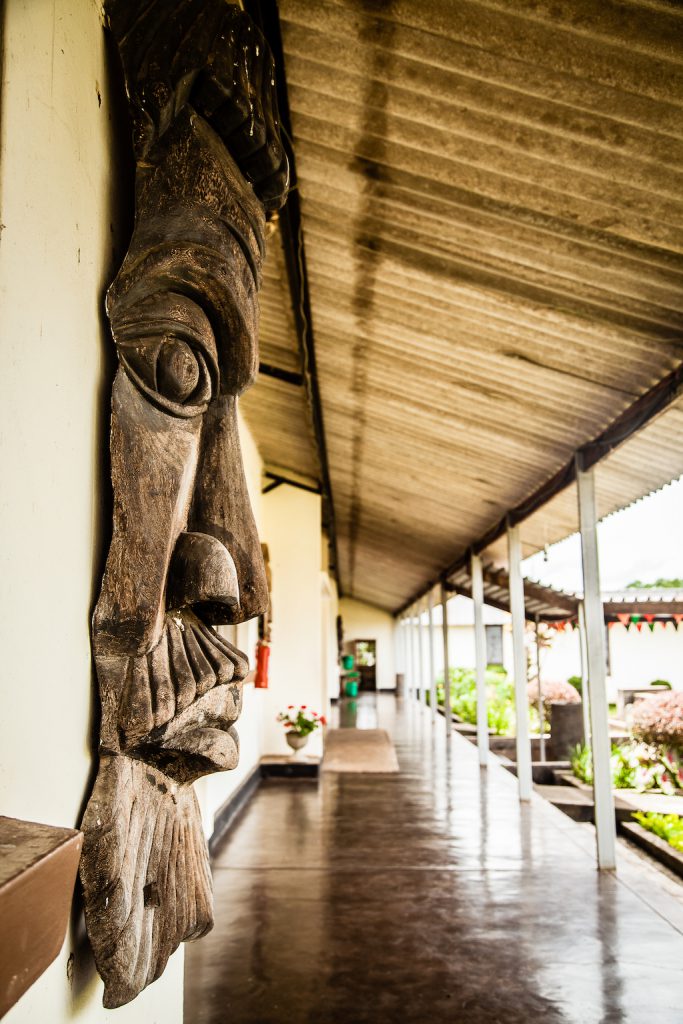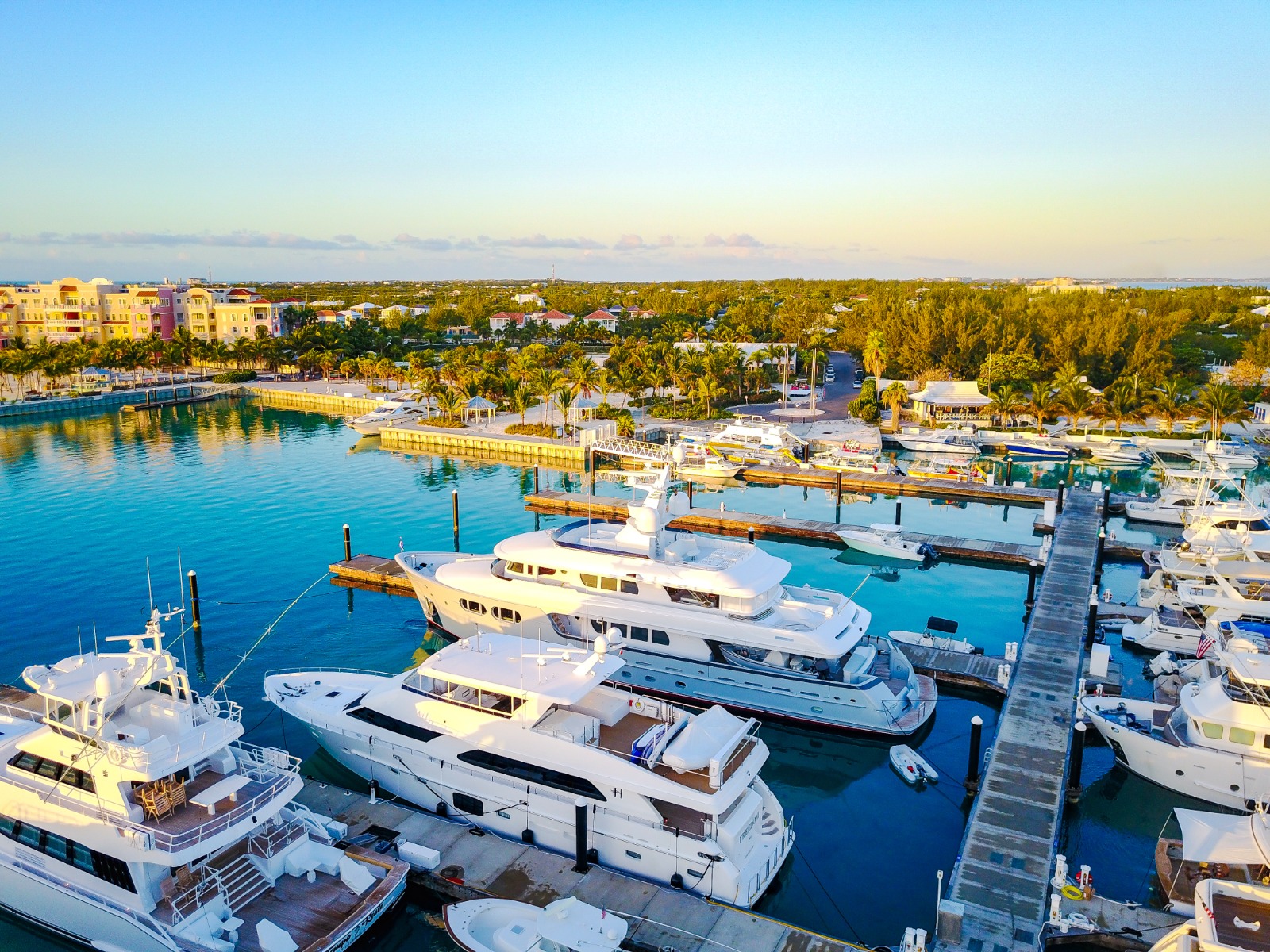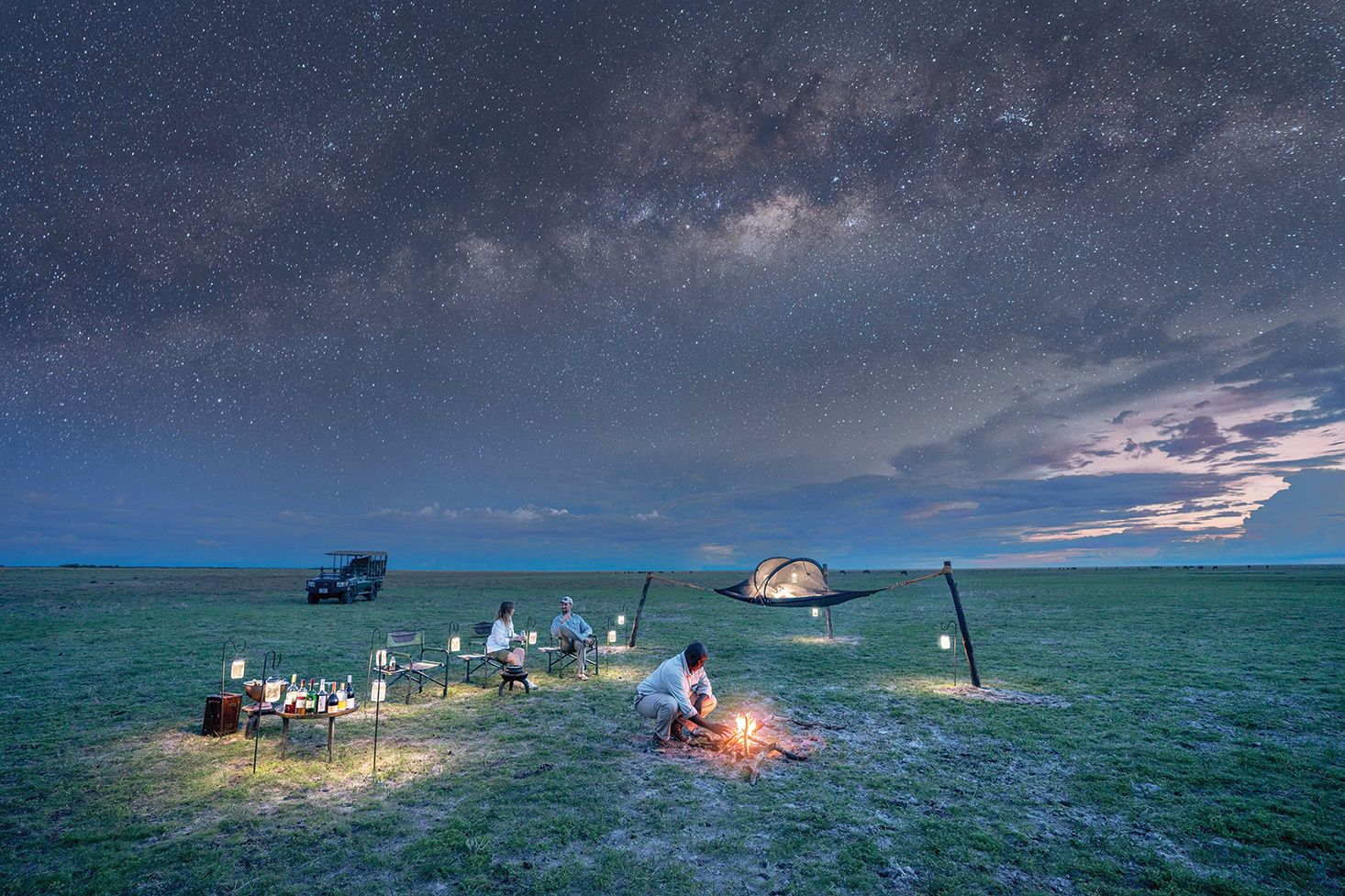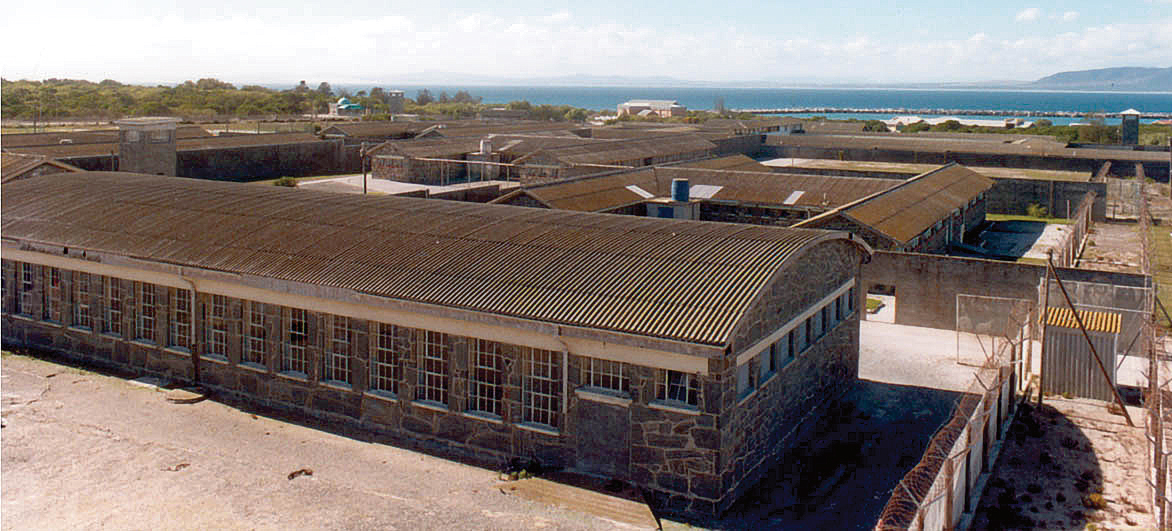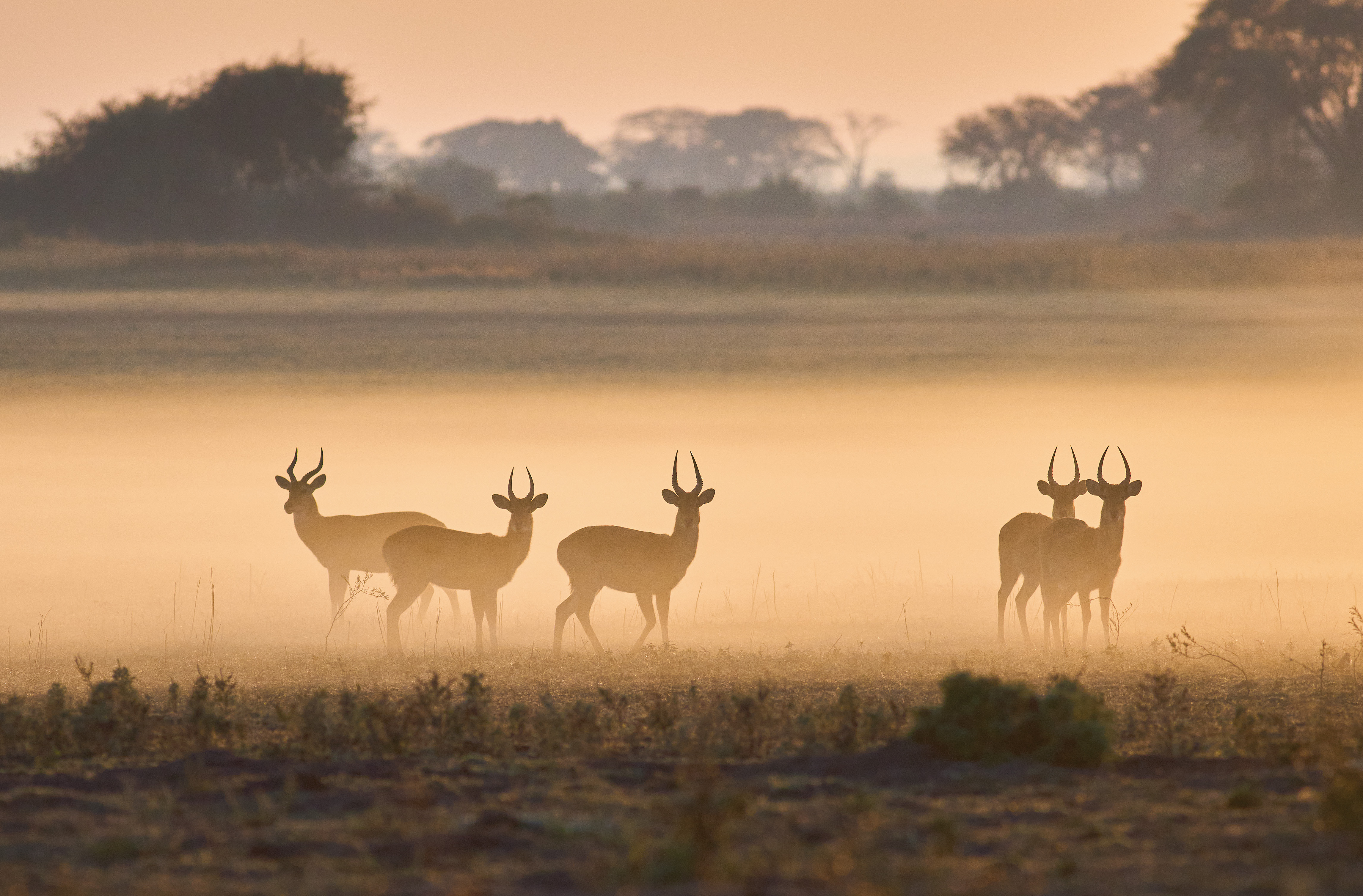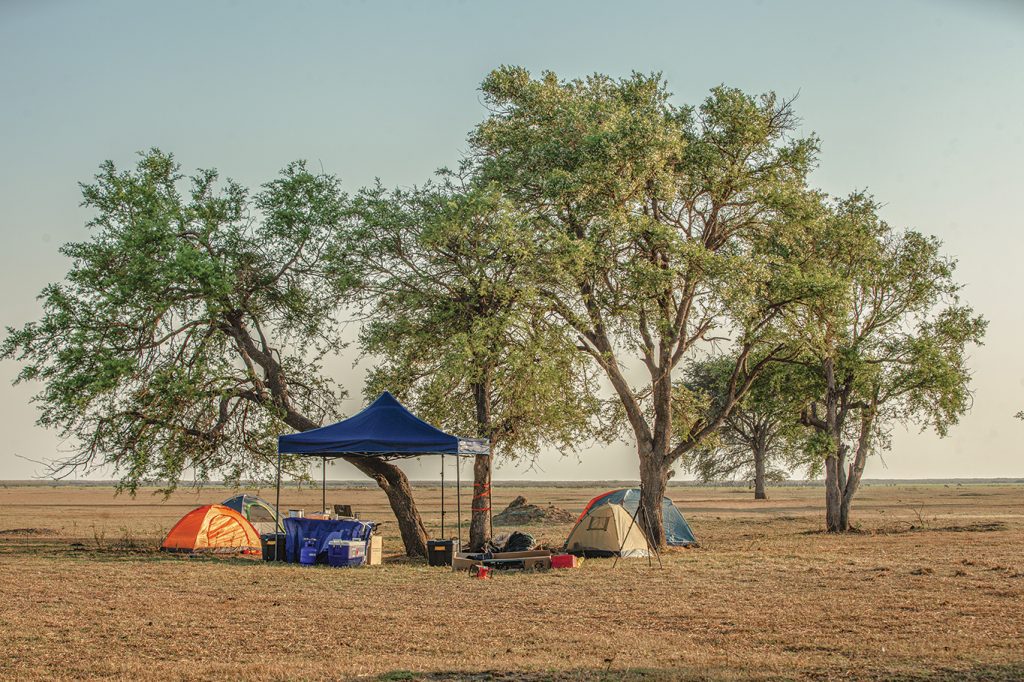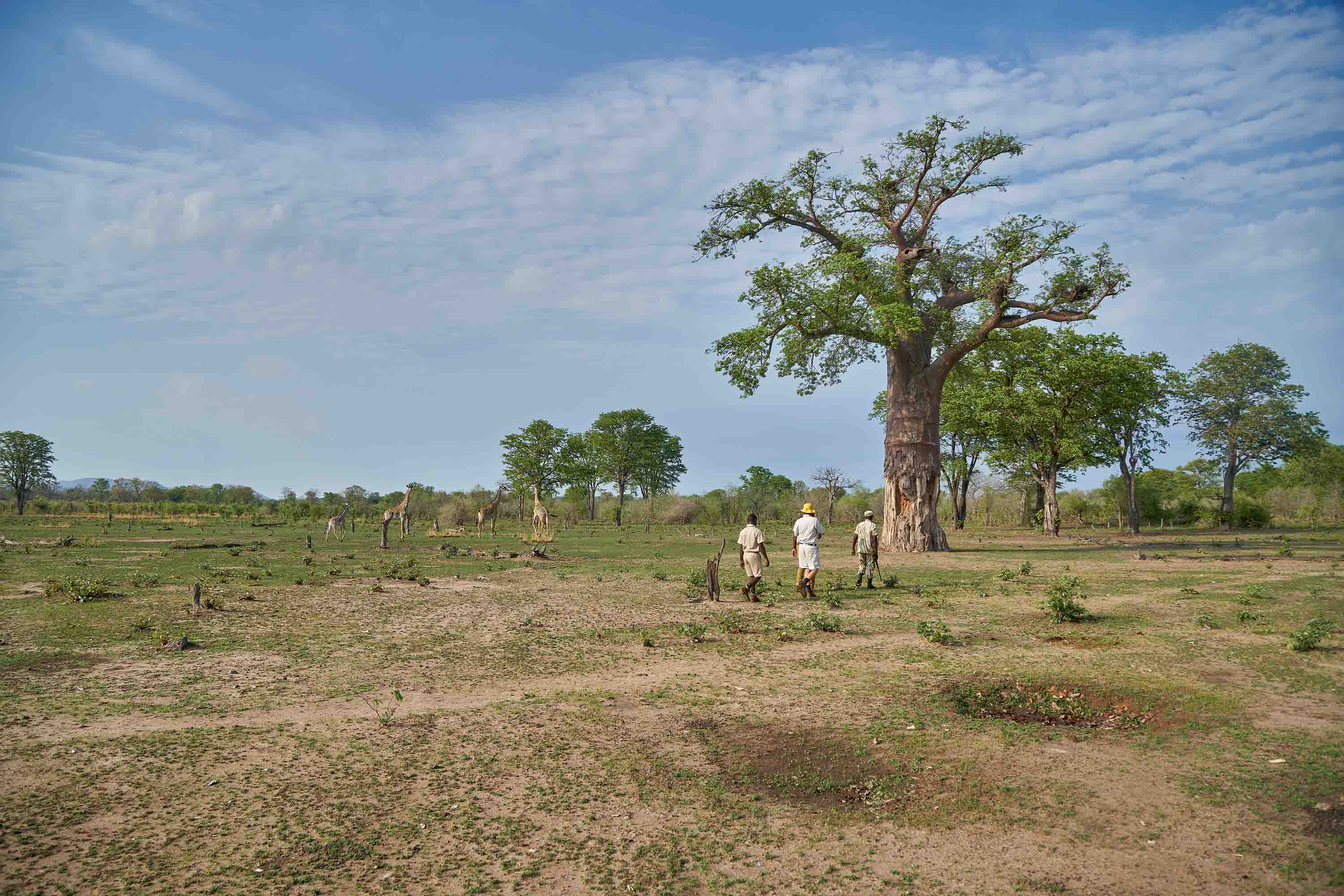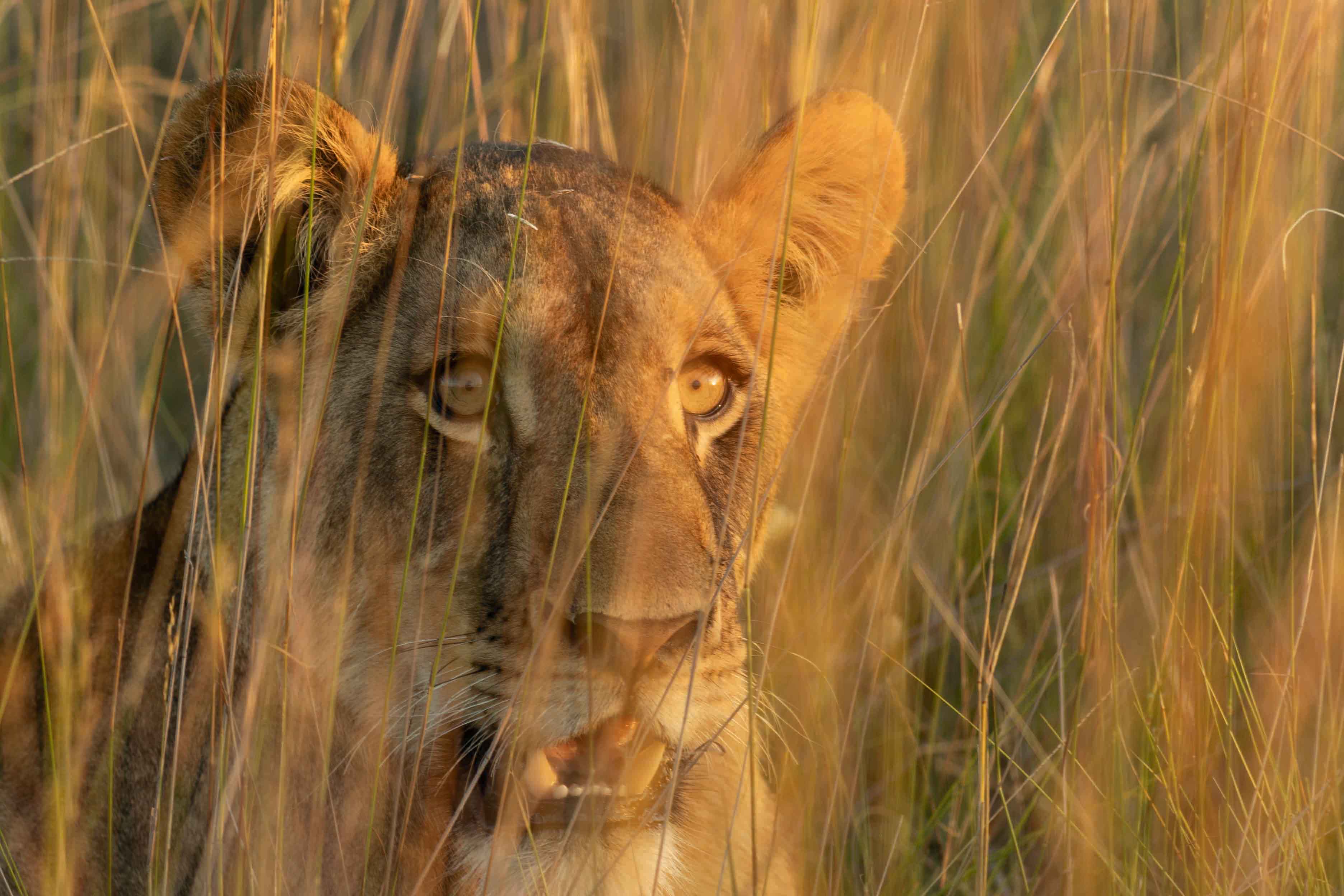From the crystal clear waters of Lake Tanganyika to the Chambeshi WWI Monument, the Northern Province has some notable tourist attractions that are making the northern circuit of Zambia an increasingly popular destination for many in and outside the country. Highlighted in this article however are some lesser-known and yet interesting destinations that I’ve visited on previous assignments for Nkwazi but whose stories had never made it into the magazine’spages. These were not my target locations but I took the opportunity to veer off course a little in hopes that I would someday get a chance to share their stories. Read on to find out about three not-so-hidden gems in the north of Zambia.

CHISHIMBA FALLS
When we got to the location, I could hear the steady roar of water and already started to picture what Chishimba Falls might look like. Green palm trees and algae-covered rocks lined a path leading to the main attraction awaiting us below. I could hear a flurry of birds chirping amongst the leaves, and a rhythmic clicking of insects wasn’t far from where we walked. The air was cool and a slight breeze brought an earthy aroma with it. It felt like a forest scene from a Tolkien book.

Chishimba is actually made up of three successive falls coming from the Luombe River. Covering a total of 300 metres, each of these falls has something unique about them.
Mutumuna is the upper fall and has a 20-metre drop. It covers the widest area across the river and even supplies a ZESCO hydroelectric power plant giving juice to Kasama and its surrounding areas. This man-made structure however takes nothing away from the natural beauty of the cascading water.

The Bemba people of this area have long believed that the spirit of Mutumuna resides at a shrine by the fall. This spirit represents Makumba and Ngosa, a brother and sister who are said to have fallen from the heavens. A high priestess named Chitemenwe tends to the shrine and it is her sworn duty to ensure that a sacred fire in the shrine is always alight. Any swearing, debauchery or violence in the vicinity is considered sacrilege and visitors are expected to be respectful of the site.

The falls have viewing spots dotted along the river to allow people to soak in the scenery. The middle section of the watercourse has shelter for a better view. This is where the Kaela Rapids are found. Granite jutting out of the river creates a picturesque vision when the immense force of the water slams into and past the rocks. The frothing fury created will definitely have you snapping photos to forever keep the memory of this marvel.
This area also has historic significance with some Iron Age artefacts discovered near the rapids long ago. Destroyed kilns and what clearly were once smelting pipes were picked up by an archeological study in the region. I suspect some are exhibited at Moto Moto Museum, which I’ll get into later.

The water slows down into a soothing motion for a while before obeying gravity and plunging down 30 metres over black rock. This is the actual Chishimba Falls. The gushing water hits the boulders below and you can follow the path close enough to feel a wet spray against your face. It may not be as deep or wide as the Mosi-oa-Tunya, but this waterfall is beautiful and mighty in its own right and deserves more visitors. There is something about water tumbling in sheer force that is awe-inspiring. I stood at the base of the rocks just staring and marveling at the sight.
Below the falls is a cave that another spirit named Chishimba is believed to occupy. It is a place of honour and worship and the same rules at Mutumuna apply here as well. The site where the falls are located was declared a national monument in 1964 because of the traditional heritage and history associated with it. It is considered a sacred place where people worshiped ancestral spirits in hopes of good health and prosperity.
Located 35 kilometres west of Kasama, just off Mporokoso Road, Chishimba Falls is a great place to visit. It has some thatched picnic spots for people to sit and eat and it also boasts a campsite for those who feel one afternoon visit is not enough.

MOTO MOTO MUSEUM
Named after a French Canadian Catholic bishop with a penchant for smoking, Moto Moto Museum was opened in 1974 and houses exhibits chronicling the evolution of man in the northern part of Zambia, and also delves into the region’s earlier civilisation. Its galleries are divided into three sections, namely Ethnography and Art, Prehistory, History and Natural History. As I walked through what are somewhat dimly lit areas, I noticed that the artefacts progress through quite a range of antiquities. From animal pelts for clothing, through to objects and literature that recorded the achievement of the nation’s third republic status, the museum sheds light on Zambia’s ancestry and rich culture. It is located in Mbala, Northern Province.

Bishop Joseph Dupont, affectionately known as Moto Moto (meaning fire fire in Swahili) did not establish the museum himself but founded the White Fathers mission in the northern part of Zambia. However, Father Jean Jacques Corbeil who had a vast collection of Zambian artefacts in the forties and studied them to better understand the people of the land, played a major role in the creation of the museum. The two men of the cloth were friends and their missionary activities are also recorded in the museum.

Zigzagging through the galleries might be what it feels like to time travel in Zambia. Exhibits of the very first hunter-gatherers of the country greeted us when we entered the first gallery. The people from that era depended largely on animals for their livelihood. They would fashion carrier bags and clothing from animal skins and meat was believed to be a major component of their diet.
The museum also has a collection of artefacts that show evidence of middle and late stone-age settlements in pre-historic Zambia. A bolas used to entangle animals sits in a glass display, along with various hand axes made from stone. Though they are not exactly comical, these stone utensils might remind you of something from The Flintstones.
Another interesting section contains administrative relics from Zambian royalty that resided in the Northern Province. Chiefs Chitmukulu, Nawaitwika and Mwata Kazembe, to name a few, carried headdresses, special axes and royal bows as symbols of authority. According to the literature on display, these chiefs were also considered to be links between the living and departed ancestors, and would convey the sentiments of respected spirits in their society.
The aforementioned people were the early Bantu of Zambia. Their way of life involved agriculture, animal husbandry and fishing. The London Mission Society later introduced them to Christianity and by 1914, about 50 mission stations were established in the country. This significantly changed society in the region. The missionaries came to Zambia via Lake Tanganyika and Kawimbe. They were responsible for the construction of a number of churches and orphanages near their locations.
This may not be a well-known fact, but a number of Zambians fought in the Second World War. Profiles of northerners that were engaged in combat then are displayed in the museum. Noah Mulenga of Londe Village in Mbala fought in East Africa during World War II, and his uniform is showcased behind the gallery glass. Other items from the war include cannons and rifles.
The museum also charts the path of the nation’s growth. Newspaper cuttings make for interesting reading as they cover the freedom struggles of Zambia’s forefathers. Images of Harry Mwaanga Nkumbula and Kenneth Kaunda to name a few, tell the story of Northern Rhodesia’s uneasy transition to what we know today as Zambia. This section of the exhibits also details the introduction of the one party state and the second republic under Kenneth Kaunda. The third republic was ushered in with assistance from demonstrations by Fredrick Chiluba’s Movement for Multi-party Democracy. Chitenge and political regalia worn during the campaigns reintroducing the multi-party state are also on display.
Moto Moto’s Ethnography and Art section is also of particular interest. It gives more detail on the culture and lives of the Bemba people in Northern Province. One of its exhibits even has life-like props of a ceremony in an initiation hut. Other displays include works of art and a scale model of earlier village life in the province.
The museum is one of nine in Zambia and it does more than a decent job of preserving and interpreting the history of part of the country. So whether you’re a historian or simply curious about the country’s past, Moto Moto Museum is an essential spot for you.

NIAMKOLO CHURCH
Built from clay and rocks from Lake Tanganyika, Niamkolo Church is said to be the oldest stone church in the country. It is located just two kilometres outside of Mpulungu and was declared a national monument in 1955.
Though missionary James Swan had negotiated the purchase of land at the site in 1893, the London Missionary Society only built the church in 1895. Its 15 metre high tower was used as a landmark for boats and other missionaries coming to the area via Mpulungu’s port on Lake Tanganyika. The Christians that came to this part of the world were inspired by the writings and excursions of David Livingstone and the London Missionary Society (which Livingstone was once a part of) was the first to create a mission in what would later become Northern Rhodesia, and then Zambia.
The church thrived for over a decade until some unfortunate events led its congregation to abandon it. An old plaque embedded in stone at the church reads:
“The London Missionary Society established a mission here in 1893 – 4 and launched the first steamship, The “Good News” on the lake. This church was built in 1895 – 6 and was used continuously for worship until 1908 when on account of sleeping sickness, the whole population was moved back 10 miles from the lake-shore.”
Walking into the tower and then the main hall, I imagined the slow dilapidation of the roof. Termites must have feasted on the once mighty wooden beams above and pieces of roofing fell to the flat stone floors. All that stands today are the church’s stonewalls and this is probably due to the preservation works of the Society just before it was declared a national monument. Cement was used to hide cracks and keep the walls together in later years. Its architecture is something to behold.
These three locations may not be in the same vicinity but can all be visited in one day. Not all the roads leading to them are great, but they are accessible even in a saloon car. Each location offers you a snapshot into Zambia’s natural beauty and rich history. And interestingly enough, all are somehow linked through their strong ties to local culture and religion. The region has so much natural beauty, culture and history and though it is getting more attention, it has yet to take its place as one of Zambia’s top travel destinations. And so I implore you, head north!
